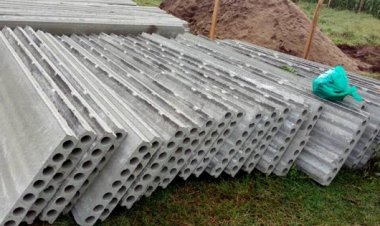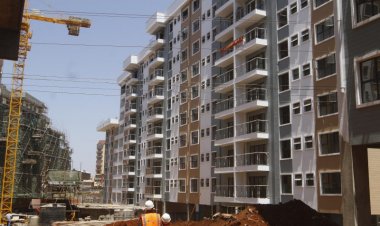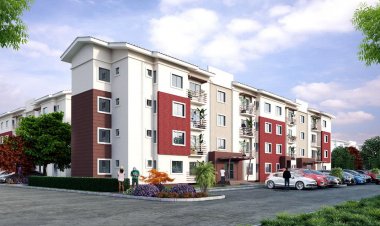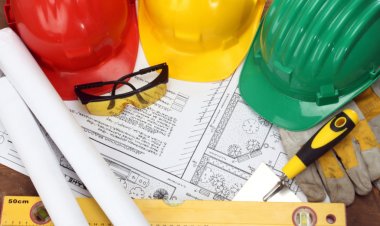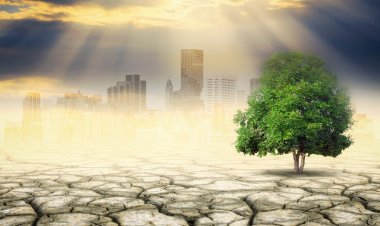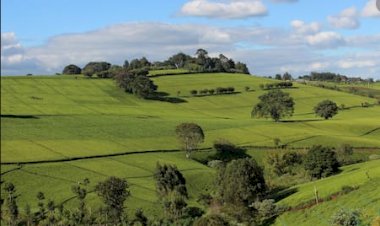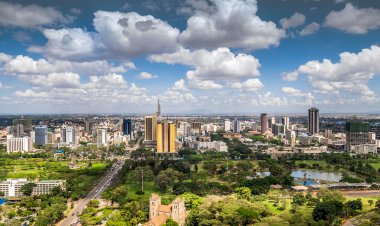The State of the Siwa System in Mombasa and Why it Floods
There is a need for improved drainage infrastructure in the city, including the repair and maintenance of the Siwa system.
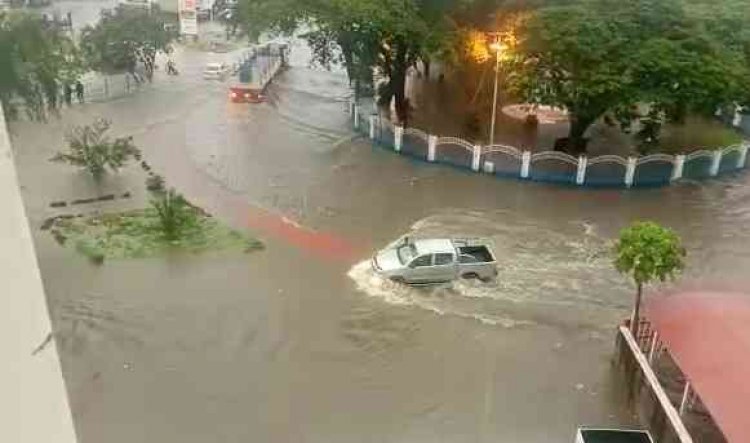
Mombasa, a coastal city in Kenya, experiences flooding due to a combination of factors, including heavy rainfall, poor drainage systems, and the effects of climate change. In addition, the Siwa system, which was designed to manage water flow in the city, has been poorly maintained and is in a state of disrepair.
Mombasa experiences two rainy seasons every year: the long rains from March to May and the short rains from October to December. During these periods, the city receives high volumes of rainfall, which often overwhelm the drainage systems in place. The lack of proper drainage infrastructure in many parts of the city also exacerbates the problem, leading to flooding and waterlogging.
Additionally, the effects of climate change have made the situation worse. As sea levels rise, coastal areas like Mombasa are increasingly vulnerable to flooding and erosion. This has led to the loss of land and infrastructure, including roads and buildings, in some parts of the city.
The Siwa system, which was constructed in the 1950s, was designed to manage water flow in the city by channeling excess water into the Indian Ocean. However, over the years, the system has fallen into a state of disrepair due to poor maintenance and neglect. The canals and drains are often clogged with garbage and debris, which impede the flow of water and exacerbate flooding.
The situation has been worsened by encroachment on the Siwa system's catchment area and the illegal construction of buildings on its banks. This has reduced the system's capacity to handle excess water, leading to flooding in many parts of the city.
To address the problem of flooding in Mombasa, there is a need for urgent action on several fronts. First and foremost, there is a need for improved drainage infrastructure in the city, including the repair and maintenance of the Siwa system. This would involve clearing the canals and drains of debris and garbage and ensuring that they are properly maintained to prevent future blockages.
There is also a need for increased public awareness of the importance of proper waste disposal and the need to avoid encroachment on the Siwa system's catchment area. The local authorities should also enforce building codes to prevent the illegal construction of buildings on the banks of the Siwa system.
In conclusion, flooding in Mombasa is a complex problem that requires a multifaceted approach. The city needs to invest in better drainage infrastructure, improve waste management practices, and enforce building codes to prevent illegal construction. Additionally, there is a need for a comprehensive plan to address the impact of climate change on the city's coastal areas.
If you have a real estate press release or any other information that you would like featured on African Real Estate Blog Post do reach out to us via email at [email protected]










